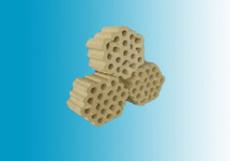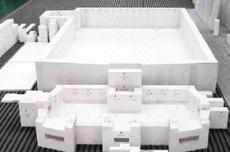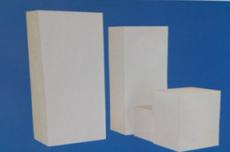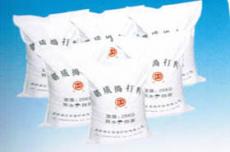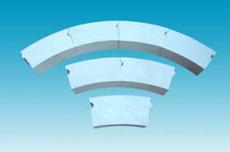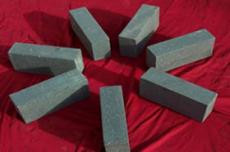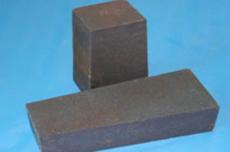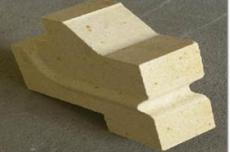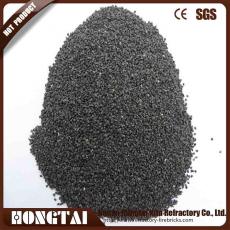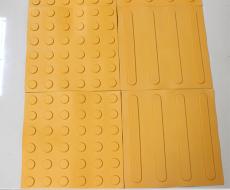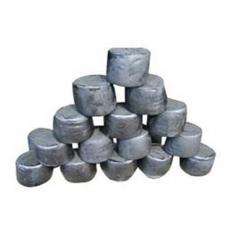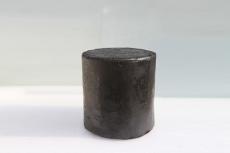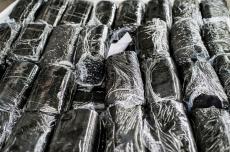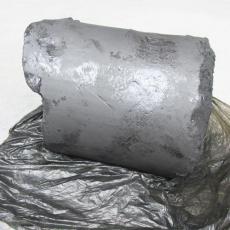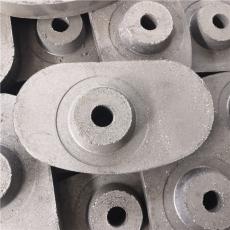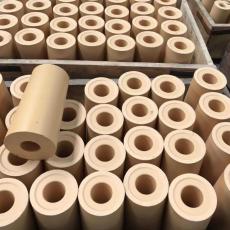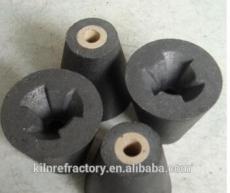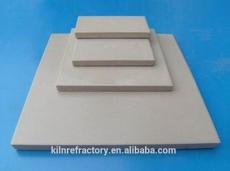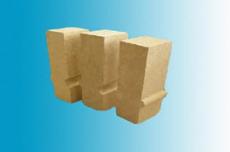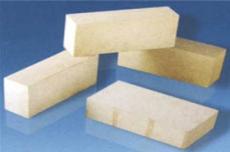
Refractory mortar consists of refractory powder, binder and admixture. Almost all of the refractory materials can be made for the preparation of refractory mud used in the powder. The refractory clinker powder and the amount of plastic clay as binder and plasticizer made of ordinary refractory mortar, the room temperature strength is low, high temperature molding ceramic combination has a higher strength. With hydraulic, gas or hard thermal setting bonding material as a binding agent, said binding of refractory clay, which produce less than the formation of a certain chemical reaction prior to bonding temperature hardening.The particle size of the refractory mortar varies according to the requirements, and its limit size is generally less than 1mm, some less than 0.5mm or more.Selection of refractory mortar material, should be considered with the masonry refractory products consistent with the material. In addition to the fire-resistant mud in addition to the material, you can also use the coating method or spray method for the protective coating of the lining.
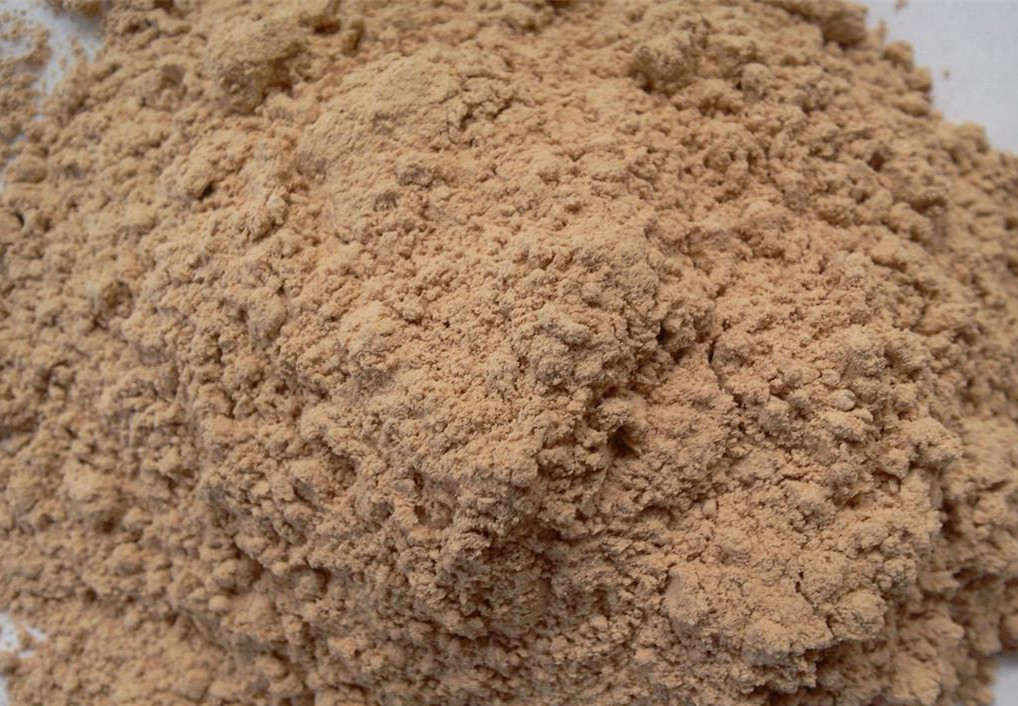
Refractory mortar characteristics and applications:
1. good plasticity, easy construction;5. hot peeling is good.
Refractory mortar is mainly used in coke oven, glass furnace, blast furnace hot stove, other industrial furnace.
Application of the industry are: metallurgy, building materials, machinery, petrochemical, glass, boilers, electricity, steel, cement and so on.
Our company produces refractory mortar with high fire resistance and strong anti-glass erosion performance. The use of good performance, combined with strong performance, with good water retention and smear, modulation into the mud does not precipitate. High temperature ceramic combination, so that the performance to further improve. Filling density is high, less water, so masonry tissue dense.
High temperature refractory mortar Chemical Properties:
|
Item |
Unit |
Index |
|
|
SiC |
% |
≥50 |
|
|
Al2O3 |
% |
≤20 |
|
|
CCS |
110ºC×24h |
MPa |
≥1.0 |
|
1000ºC×3h |
MPa |
≥0.25 |
|
|
Bulk density |
g/cm3 |
1.6~1.7 |
|
|
Shrinkage rate,1000ºC |
% |
≤1.0 |
|
|
Shrinkage after sintering,1MPa×1000ºC |
% |
≥30 |
|
